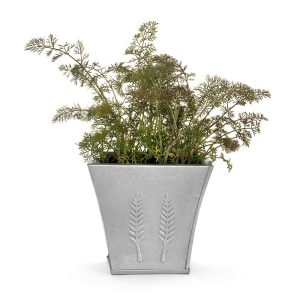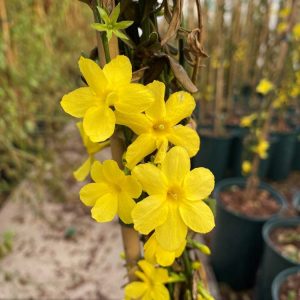Description
Spiraea is a genus of deciduous or semi-evergreen shrubs that produce showy clusters of flowers in late spring or summer. The foliage is usually green, but some cultivars have foliage that is tinged with red, yellow or bronze. These low-maintenance shrubs are easy to grow and can be used in a variety of garden settings, from borders to rock gardens. They also make great cut flowers. Some popular cultivars include Spiraea japonica ‘Goldflame’, which has golden foliage and pink flowers, and Spiraea x vanhouttei ‘Renaissance’, which produces cascading branches of white flowers in early summer. Other companion plants that pair well with Spiraea include Salvia, Nepeta, and Geranium.
Key Facts
- Common Name(s):Japanese spiraea ‘Anthony Waterer’
- Hardiness:Fully hardy
- How big will I get? Spiraea japonica ‘Anthony Waterer’ can grow to a height of 1.5m and a spread of 1m.
- Did You Know That:Spiraea comes from the Ancient Greek speîra which means wreath?
Plant Calendar
A rough guide to how this plant will change through the year.
| Jan | Feb | Mar | Apr | May | June | July | Aug | Sept | Oct | Nov | Dec | |
| Flowering Time |  |
 |
||||||||||
| Foliage Colour |    |
   |
   |
  |
  |
  |
  |
  |
  |
| J | F | M | A | M | J | J | A | S | O | N | D |
 |
 |
||||||||||
   |
   |
   |
  |
  |
  |
  |
  |
  |
Care Guide

Soil Requirements
Spiraea japonica ‘Anthony Waterer’ is a versatile plant and can cope with wet or drier soils, but prefers there to be decent drainage. This plant can grow in soil with a wide range of pH levels, it is not picky about the pH level of the soil.

Best Position
Spiraea japonica ‘Anthony Waterer’ can handle either an exposed or a sheltered position and can cope with either full sun or partial shade.

Maintenance
Spiraea japonica ‘Anthony Waterer’ will benefit from pruning in Spring. Shrubs that produce their flowers in mid to late Summer or Autumn, typically flower on new growth, so by reducing the shrub in Spring you encourage lots of new, flower producing growth.

Pest, Diseases and Wildlife
Spiraea japonica ‘Anthony Waterer’ is generally pest free, and it tends not to have problems with diseases. It is also known to attract bees and other pollinators. It is not considered to be toxic.





